The fairy-maker: ‘There are fairies in royal circles, Australia, New York – everywhere'
Dinah Nicholson's meticulously-recorded magical creations range from doppelgangers of real women to the whimsical Gin & Tonic fairy and have been created at home, on the move or even in the queue at the bank.
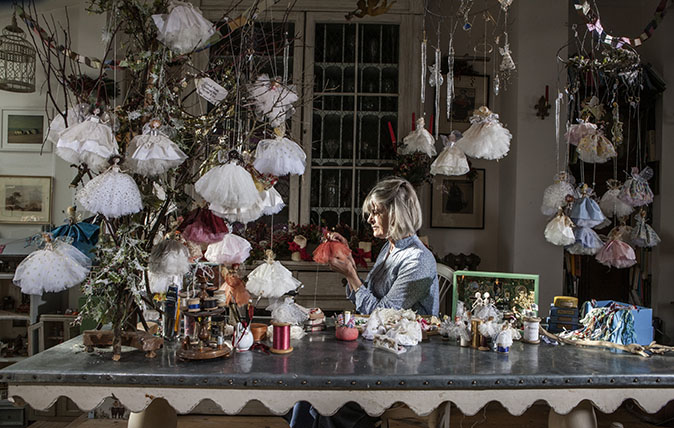
Whenever she has a spare minute, Dinah Nicholson reaches for her snippet bag, which contains all the ingredients she needs to make Christmas-tree fairies: mohair, glass beads, tiny pieces of antique material and ‘anything beautiful,’ she says.
Mrs Nicholson has been making fairies since 2002 and, this year, her 70th, she produced fairy number 4,000, whom she named Octavia after her youngest daughter.
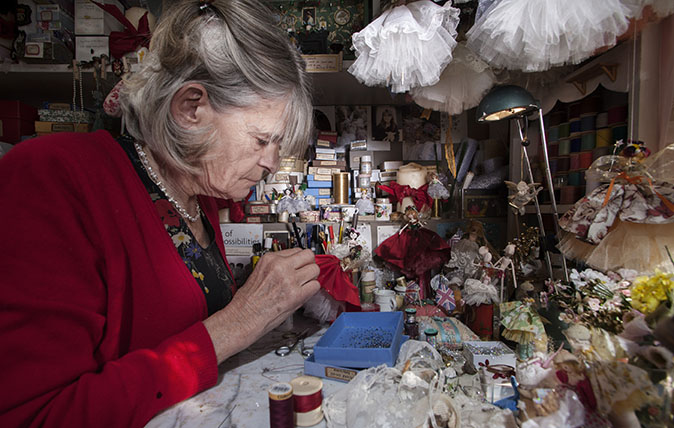
Each fairy’s details are recorded in a ledger – noting the date she was made, her name and number – before being sent out into the world. ‘There are fairies in royal circles, Australia, New York – everywhere,’ enthuses Mrs Nicholson.
‘I’ve even gathered a petticoat when standing in a bank queue.’
She’s a great-niece of the artist William Nicholson, so it seems creativity runs deep through Mrs Nicholson and her family. ‘I often make a fairy before breakfast when listening to the Shipping Forecast, but I also make them on the bus and the beach, as well as while waiting for hair and make-up when I work as an extra,’ she explains. ‘I’ve even gathered a petticoat when standing in a bank queue.’
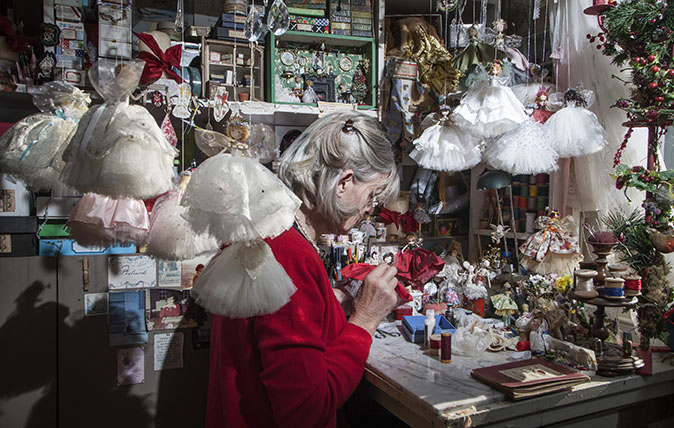
The fairy bodies are fashioned with workaday materials such as Blu Tack and pipe cleaners, but it’s when clothing each character and painting their faces that Mrs Nicholson’s imagination really takes flight. Indeed, no two fairies are the same: there’s a gin-and-tonic fairy, who wears a Schweppes bottle top as a jaunty hat, a seashell fairy with seaweed hair and bridesmaid fairies that are mini-doppelgangers of real bridemaids with matching dresses.
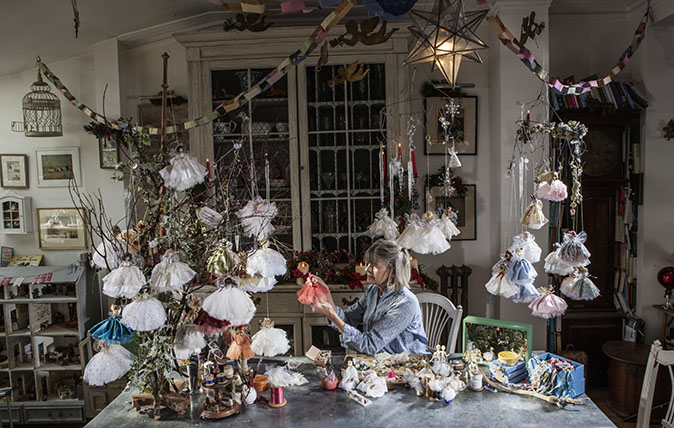
‘They always have pants,’ notes Mrs Nicholson. ‘I sell them at charity sales and people always flip them over to check.’
Mrs Nicholson was inspired by her mother, who made dolls for all her children. ‘I have four daughters and none of them have time to make a fairy,’ she muses, ‘but I’m teaching my grandchildren.’
Exquisite houses, the beauty of Nature, and how to get the most from your life, straight to your inbox.
To see more of Dinah's beautiful fairies, visit www.dinahnicholson.wixsite.com.
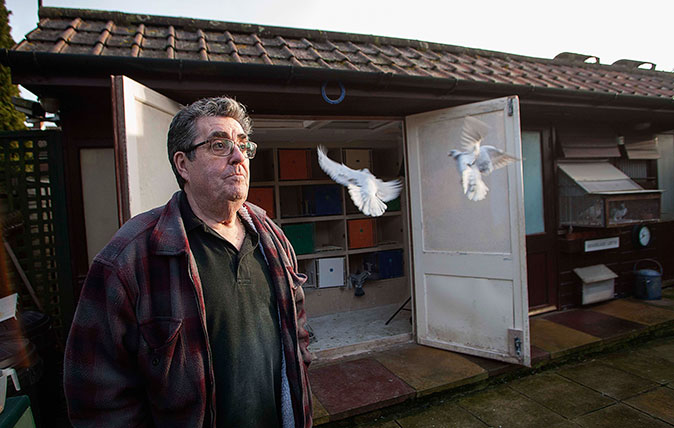
Credit: ©Richard Cannon/Country Life Picture Library
The Pigeon Fancier: 'I set up a deckchair in the garden and wait for them to come back. That’s the most exciting part.'
This week’s Living National Treasure is Colin Hill, a pigeon fancier whose birds regularly race from the tip of Scotland
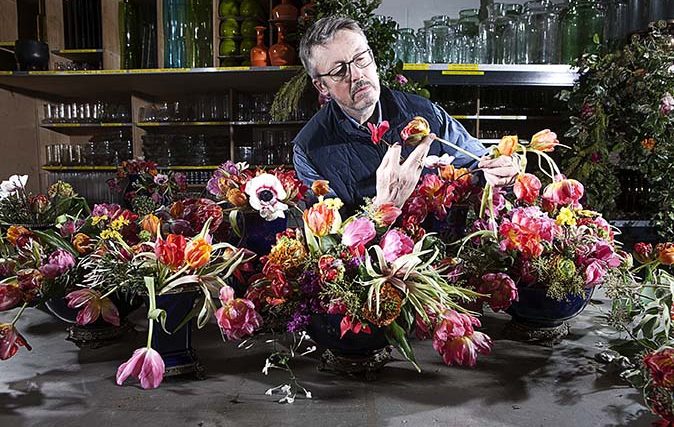
The Florist: 'What I do is like good cooking – if you have beautiful ingredients, you can’t go wrong'
This week's Living National Treasure is royal florist Shane Connolly – and while he might be based in Britain, he's
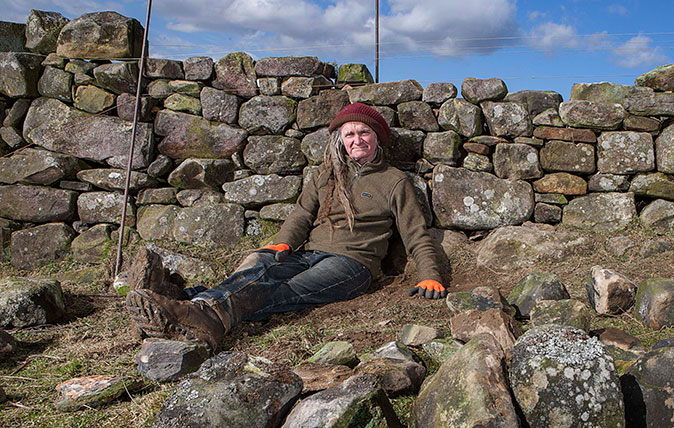
The dry stone wall builder: 'Every metre of wall contains a ton of stone. You really feel it after a hard week.'
This week's Living National Treasure is Anthony Gorman, a man who has spent his life building beautiful walls by hand
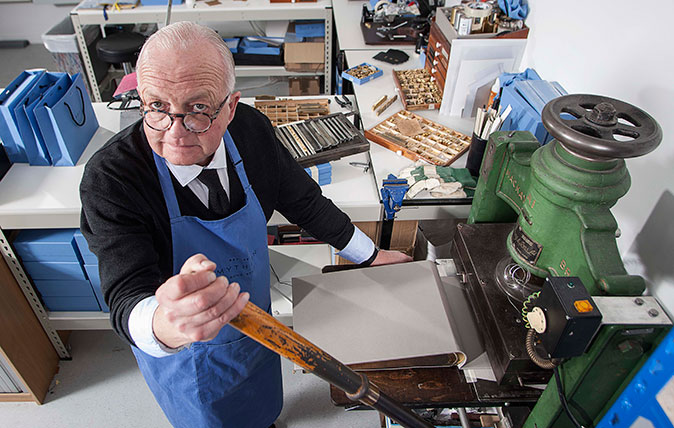
The gold stamper: ‘The younger generation is very appreciative of artisan work – they’re the ones driving the trend’
This week's Living National Treasure is John Timms, the man who leads the team that stamps gold lettering into thousands

The neon sign maker: 'Piccadilly Circus was our answer to Vegas – now it's all pixellated screens'
This week's Living National Treasure is Marcus Bracey, the man behind the neon signs that light up our cities. He
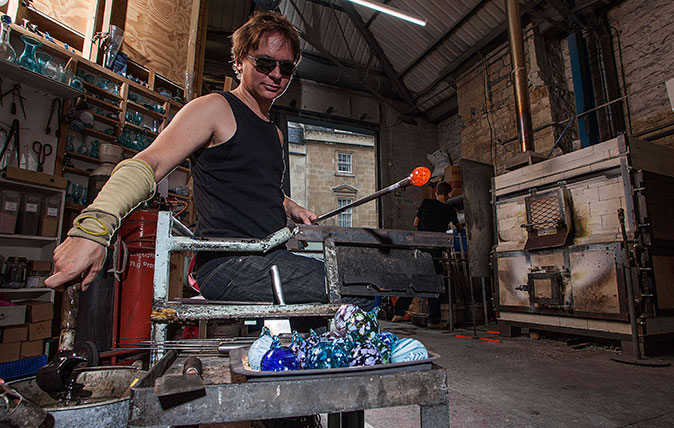
Credit: Living National Treasure: The Glassblower - ©Country Life/Richard Cannon
The Glassblower: 'When something goes wrong you can't fix it – you just sling in into the bosh bucket and start again'
Ian Shearman's team of glassblowers are still making glass using a technique that's 2,000 years old. Mary Miers found out